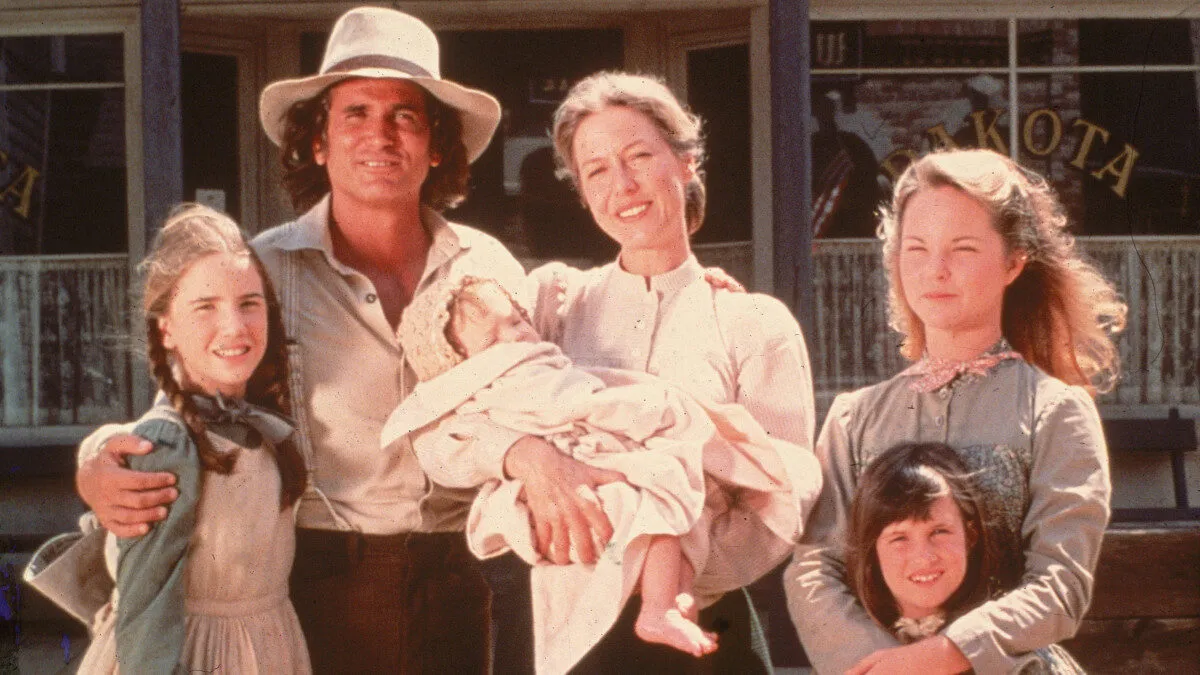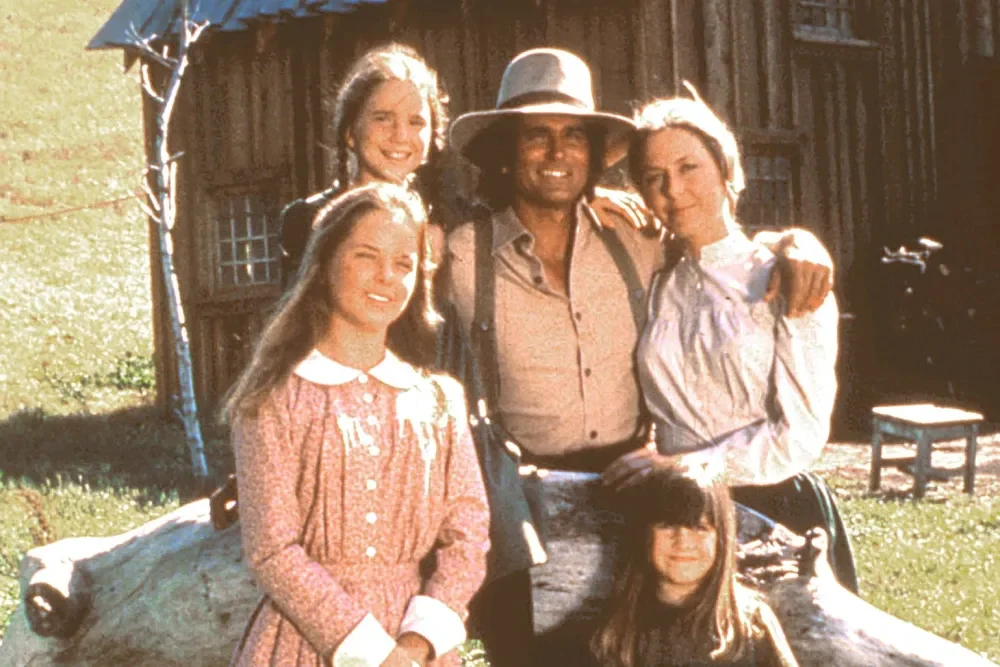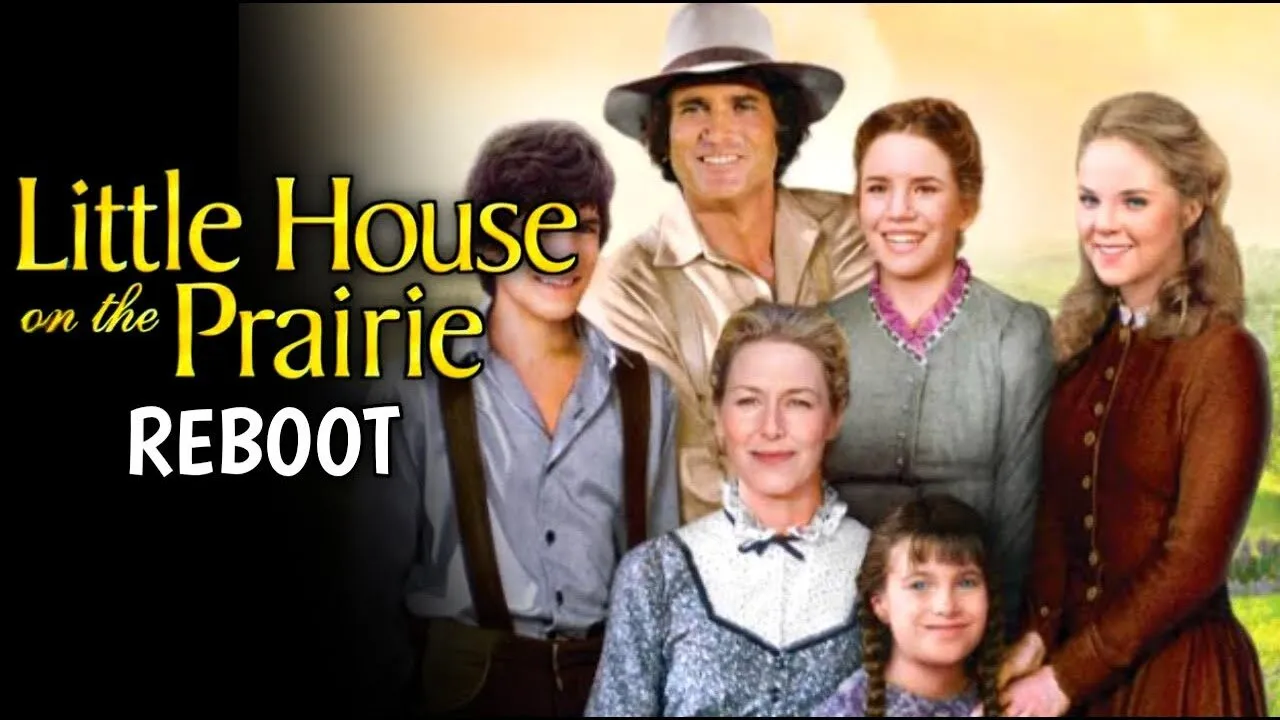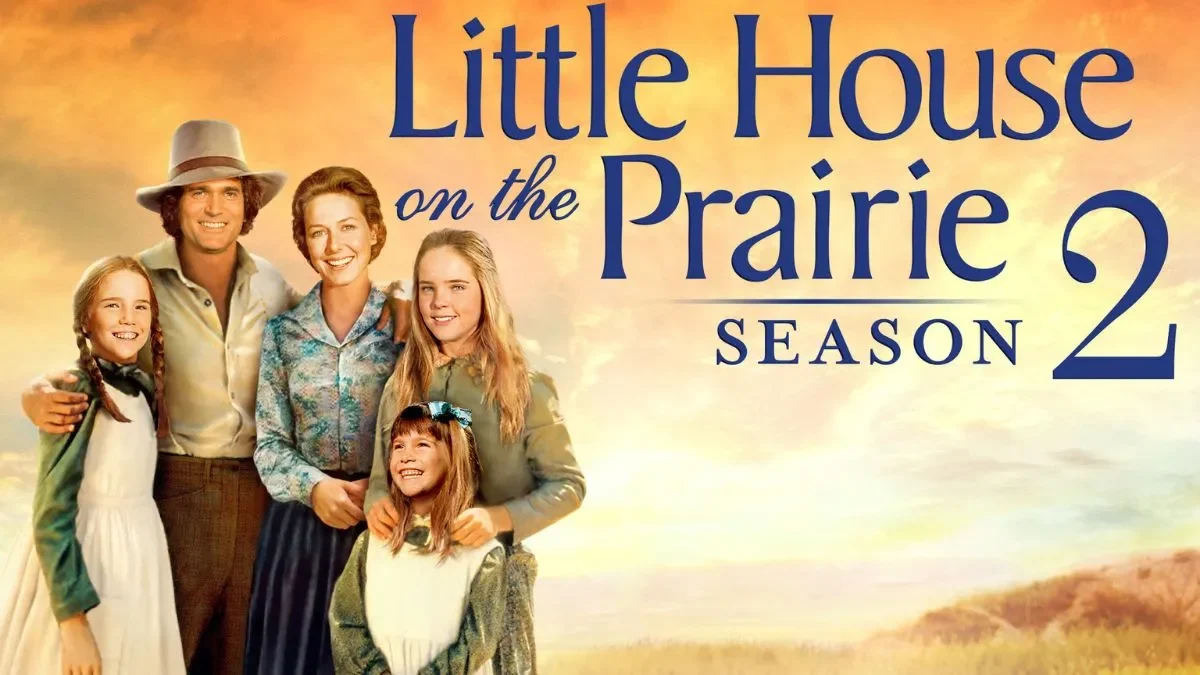La Casa de la Pradera 2 (2025) Tráiler oficial
May 25, 2025
La Casa de la Pradera 2 (2025): A Poetic Revival of Roots, Resilience, and the Spirit of the American Heartland
There are stories that age with the seasons — and then there are those that bloom anew, speaking across generations with the same warmth and power they always held. La Casa de la Pradera 2 (2025) is one such story. More than a sequel, it is a resurrection of memory, of values carved in wood and whispered in wheat fields. With a heart full of legacy and eyes fixed on the future, this film invites us to walk barefoot once more into the golden dust of Walnut Grove, where hardship meets hope under open skies.
Directed with graceful reverence and emotional precision, this new chapter does not rely on nostalgia alone. Instead, it plants new seeds. With sweeping cinematography, an earnest cast, and a script that balances tenderness with truth, La Casa de la Pradera 2 reclaims a forgotten rhythm: the quiet miracle of ordinary lives lived with extraordinary courage.

Plot Summary
Set years after the events of the original series, La Casa de la Pradera 2 reunites us with an older, wiser Laura Ingalls Wilder, now raising her own family on the prairie land that once shaped her childhood. Time has moved on, but the land still remembers — and so does Laura.
Her daughters, bright and curious, are growing up in a new era where the values of simplicity, family, and perseverance are challenged by industrial expansion and looming change. When an unexpected land dispute threatens their homestead, Laura must fight not just for her home, but for the spirit of the life she believes in.
Meanwhile, old faces return — some scarred by time, others full of stories. Bonds are tested. The town of Walnut Grove must come together again, not against natural disaster this time, but against the erosion of community itself. And through it all, Laura writes — her journal entries weaving the narrative, giving voice to the emotional soil from which this story grows.

Artistic Analysis
Visually, the film is nothing short of breathtaking. The camera lingers like a breeze through tall grass, capturing every shade of sunlight that spills over amber fields and wooden porches. The prairie becomes a character — silent, enduring, and full of quiet wisdom. Every frame feels painted with longing and rootedness.
The direction respects the pace of a life that unfolds with the rhythm of seasons, not seconds. Moments are allowed to breathe: a hand brushing wheat, a fire crackling on winter nights, a family meal lit by oil lamp. It’s in these details that the film finds its poetry.
The music score is gentle and acoustic, echoing old folk songs with modern arrangements. Violins and piano dance around each other, never intruding, always guiding the emotion like wind guides a dandelion. It’s a soundtrack that feels like home.

Performances
Returning as Laura, an aged but ever-steadfast soul, is a revelation of restraint and grace. Her performance is rooted, wise, and deeply human. She carries the weight of years in her eyes — not with bitterness, but with clarity. In her silence, we hear the echoes of the girl she once was, and the woman she’s become.
The younger generation brings fresh energy to the screen. Her daughters — one curious and fearless, the other introspective and empathetic — are beautifully cast, offering different reflections of their mother’s legacy. Their chemistry feels authentic, their conflicts honest and touching.
Notable supporting performances come from familiar townsfolk now aged, bringing both humor and heartbreak. One scene, in particular — an old friend’s confession under the stars — is performed with such emotional truth that it feels like a prayer.
Emotional Impact
The emotional resonance of La Casa de la Pradera 2 lies in its simplicity. It does not rely on high drama or plot twists. Its strength is in the way it honors the complexity of everyday love — between parents and children, neighbors and friends, humans and the land they depend on.
Moments of joy are subtle: a child’s first harvest, a lullaby sung to sleep. Grief is just as quietly powerful: a letter unopened, a place at the table left empty. And hope? Hope comes in the form of stubborn hands rebuilding a fence after a storm, or a whispered “we’re still here” when everything seems lost.
The film invites you to feel deeply, not through spectacle, but through the sacred weight of ordinary life. And in doing so, it reminds you that ordinary is anything but small.

Tone and Rhythm
The tone of the film is meditative, warm, and reverent — but not without tension. The filmmakers skillfully balance serenity with stakes, allowing the viewer to settle into the texture of prairie life while remaining invested in the challenges that arise.
Its rhythm is deliberate, like turning the pages of a weathered diary. It never rushes, but never stalls. Like the best stories told by a fire, it draws you in slowly, until you realize you’ve been holding your breath.
There’s space in this film — space to think, to cry, to remember. And that space feels like a gift.

Final Thoughts
La Casa de la Pradera 2 (2025) is more than a return to a beloved place — it is a call to remember what that place meant. It’s a film that speaks to the strength of quiet people, the beauty of hand-built lives, and the enduring truth that even as the world changes, some things — kindness, resilience, and love — never go out of season.
In a cinematic landscape often ruled by noise, this film dares to whisper. And in that whisper, we hear the heartbeat of something eternal.
It’s not just a film. It’s a homecoming.

